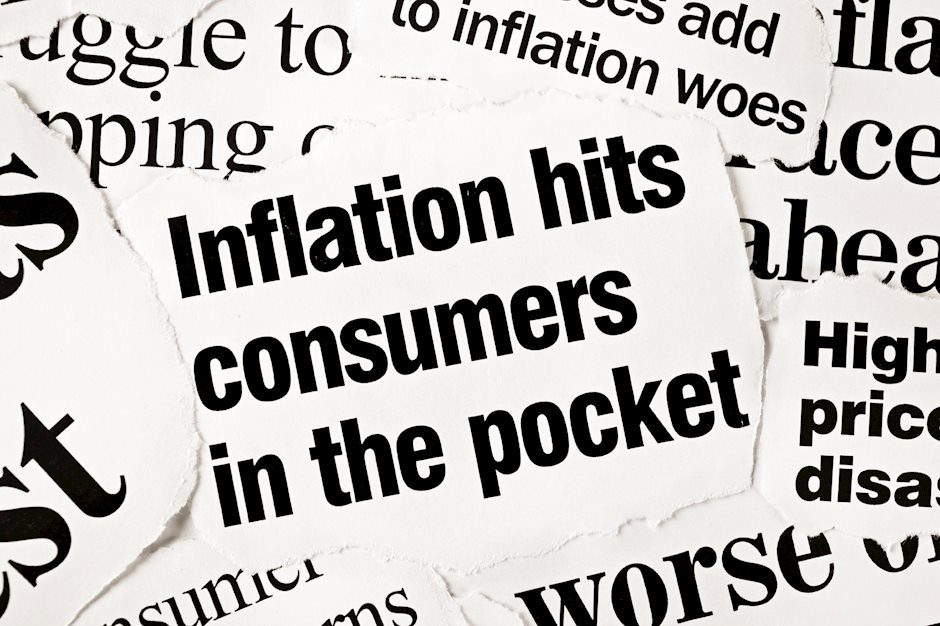July's inflation up in several CEE countries

On the radar
-
Today, Czechia, Romania and Poland will publish current account data.
-
At 10.30 AM Slovenia will release industrial production for June.
-
In the afternoon, Poland will release trade balance as well as performance of exports and imports in June.
Economic developments
Across the region, we have seen inflation increase in July in most of the CEE countries. There are only two exceptions: Croatia and Slovenia, where July’s inflation eased compared to June. In all other cases, we have seen it rise, and in many cases more than expected. In Romania, for example, inflation accelerated to 5.4% year-on-year in July, from 4.9% year-on-year in June, mostly due to costlier energy prices after a fuel excise duty hike. However, we see it as a temporary pick-up, with inflation resuming its downward trend thereafter. In Poland, July's inflation increased to 4.2% year-on-year (1.4% month-on-month), well above June's footprint of 2.6% year-on-year. The jump happened primarily due to the deregulation of energy prices. In Poland, as opposed to Romania, inflation is projected to rise towards 5% year-on-year, mainly due to the unfavorable base effect in the rest of the year. Similar development is expected in Hungary after July’s inflation went up to 4.1% year-on-year. In Czechia, the relatively significant monthly inflation (0.7% month-on-month and 2.2% year-on-year) can be primarily attributed to a hike in holiday prices, a typical seasonal effect for this period. Additionally, a rise in service prices was observed, indicative of robust household demand. Finally, in Serbia, July’s inflation surprised to the upside, landing at 4.2% year-on-year, while in Slovakia, the inflation rate is expected at 2.5% year-on-year (local release), in line with flash HICP estimate showing an upward trend in July.
Market movements
Since the beginning of the week, long-term yields have moved slightly down in all CEE countries except Czechia. As for the FX market, the Czech koruna and the Polish zloty strengthened somewhat against the euro while EURHUF remained mostly stable and close to 394. The appreciation of the Czech koruna may be partially attributed to July’s inflation number that increased to 2.2% year-on-year, supporting those central bankers who favor being cautious regarding monetary easing. The IMF representative Gottlieb said that Poland should also exercise caution in monetary policy as dynamic wage growth is the source of the pressure on the price development. Inflation development in Hungary is also a reason why we do not expect a rate cut on the August meeting of the Hungarian Central Bank.
Author

Erste Bank Research Team
Erste Bank
At Erste Group we greatly value transparency. Our Investor Relations team strives to provide comprehensive information with frequent updates to ensure that the details on these pages are always current.

















